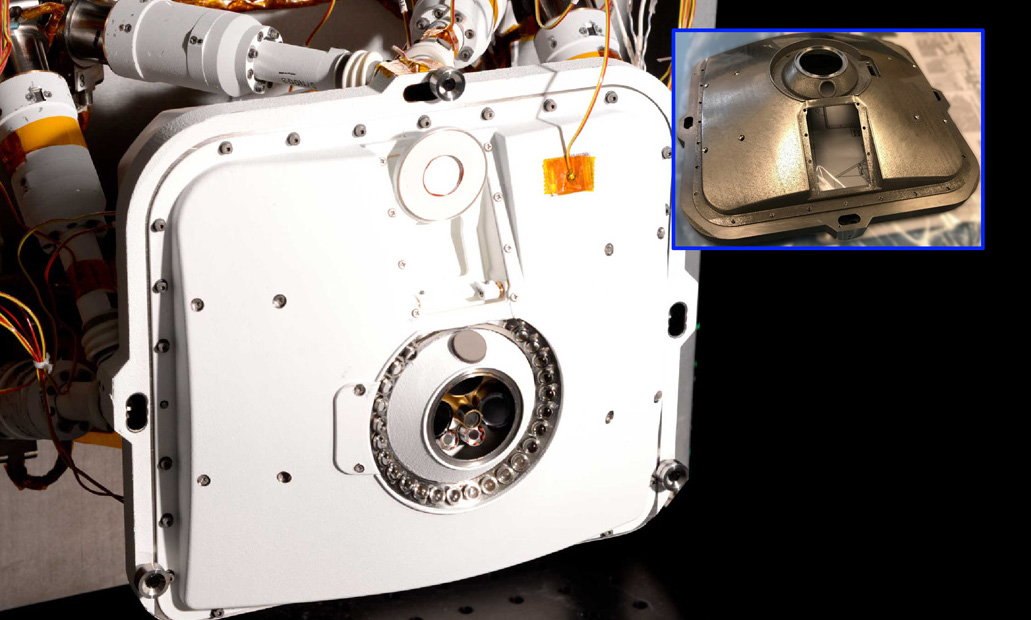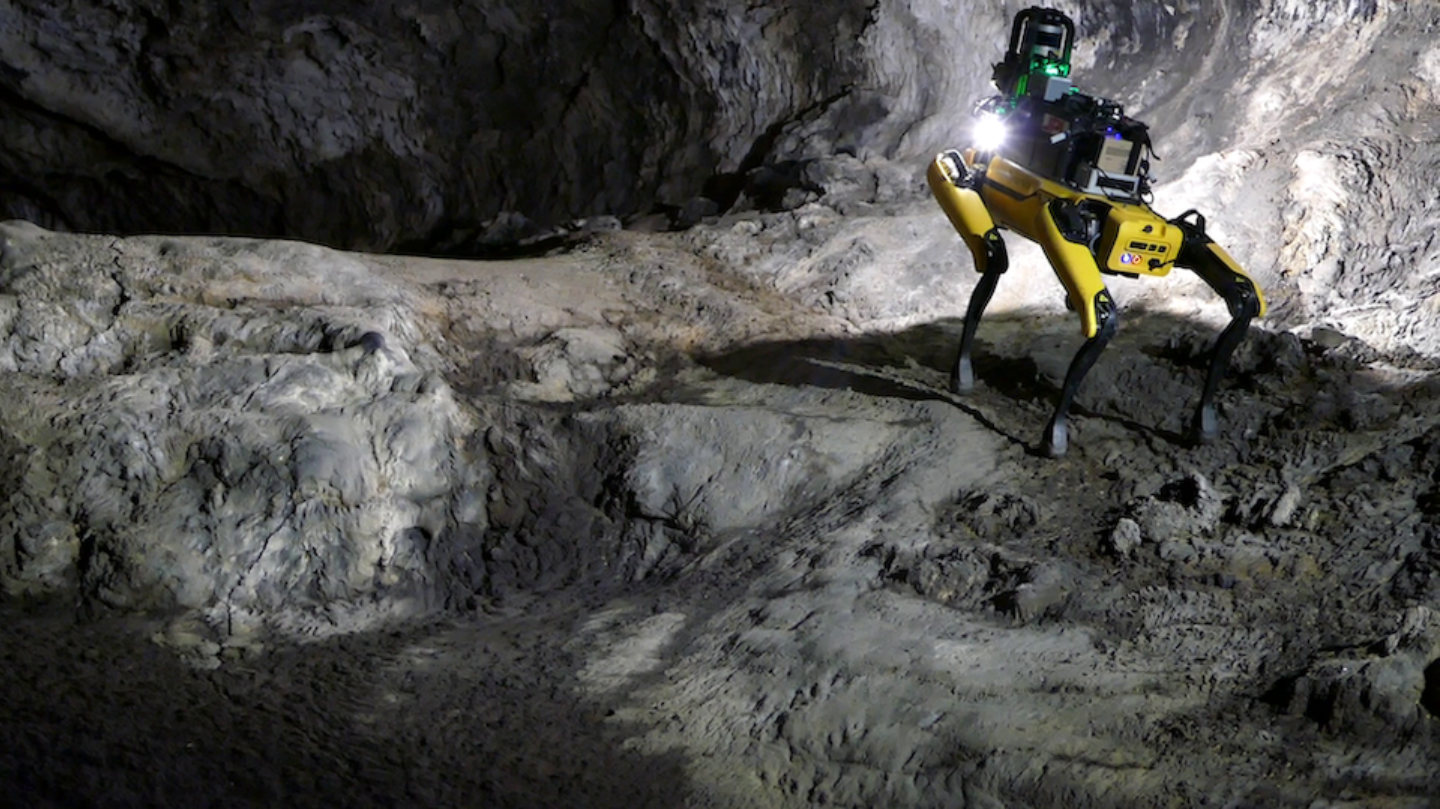A new study led by researchers at the University of California Santa Cruz (UC Santa Cruz) and the Merced nAnomaterials Center for Energy and Sensing (MACES) has developed 3D printed porous carbon aerogels for electrodes in ultra-low temperature supercapacitors, which could power future missions both on Earth and in space.
Funded by NASA, the research aims to reduce heating needs for vehicles and devices used in future missions within extremely cold environments, from the Earth’s polar regions to the moon and Mars.
“Low-temperature energy storage devices could be useful for NASA missions and other applications,” said Yat Li, a professor of chemistry and biochemistry at UC Santa Cruz. “The heating components incorporated in energy storage devices to enable low-temperature operations add extra weight and need constant electric power, so we wanted to see if we could improve low-temperature device performance through structural engineering of electrodes.”

3D printed porous aerogels
The researchers used direct ink writing to 3D print the porous carbon aerogels using a cellulose nanocrystal-based ink before freeze-drying the aerogel and further treating its surface. This left the material with multiple levels of pores in a lattice-like structure, ranging from as small as 500 microns to nanometers.
The aerogel’s porous network increases the rate at which ions can diffuse through an electrode in order to deliver higher energy storage capabilities. The aerogel was printed with a surface area of around 1,750 m2/g, and an electrode made from the material was shown to possess a capacitance of 148.6 F/g when a voltage of 5 mV/s was applied. According to the researchers, this is much higher than other low-temperature supercapacitors.
During the study, a device containing the 3D printed electrode was capable of facilitating ion diffusion and charge transfer at temperatures as low as 70 degrees celsius. This is significant, as the lowest working temperatures of most commercial lithium-ion batteries and supercapacitors are between -20 and -40 degrees celsius.
By combining 3D printing and chemical methods to create their porous electrodes, the researchers were able to provide a potential answer to the challenge of maintaining fast charging capability at low temperatures for supercapacitors.
The team will continue to work with NASA to further develop the low-temperature performance of the supercapacitor, which could potentially be used to power applications such as NASA’s Perseverance rover, which needs heaters to keep its battery system from freezing on Mars where temperatures average around -62 degrees celsius.
Further details on the study can be found in the paper titled “Printing Porous Carbon Aerogels for Low Temperature Supercapacitors” published in Nano Letters. The study is co-authored by B. Yao, H. Peng, H. Zhang, J. Kang, C. Zhu, G. Delgado, D. Byrne, S. Faulkner, M. Freyman, X. Lu, M. Worsley, J. Lu, and Y. Li.

Using 3D printing to overcome challenging environments
NASA has previously turned to additive manufacturing to help solve environmental challenges to space travel, including extreme temperatures and challenging terrain, and to optimize certain components within its crewed and autonomous space applications.
In August last year, NASA’s Marshall Space Flight Center (MSFC) awarded KULR Technology Group a technology agreement that could see future space missions 3D print spare battery packs on-demand and in-orbit. The battery backs will be designed to be safer and prevent dangerous thermal runaway propagation, where the current flowing through a cell or battery on charge or overcharge causes the cell temperature to rise and potentially become out of control.
NASA is also attempting to overcome the challenges of interstellar space exploration with the development of a solar-powered rocket that uses hydrogen from the sun to generate thrust. Researchers from the Johns Hopkins University Applied Physics Laboratory (APL) are working with NASA to explore how metal 3D printing can be deployed for the rocket’s heat shield, which will need to withstand several hours in temperatures around 4,500 degrees Fahrenheit as it passes by the sun.
With help from metal and carbon fiber 3D printer manufacturer Markforged, NASA’s Jet Propulsion Laboratory has also taken part in the Defence Advanced Research Project Agency’s (DARPA) Subterranean Challenge which aims to develop fully autonomous robots that can traverse underground environments such as caves during planetary explorations.

Subscribe to the 3D Printing Industry newsletter for the latest news in additive manufacturing. You can also stay connected by following us on Twitter and liking us on Facebook.
Looking for a career in additive manufacturing? Visit 3D Printing Jobs for a selection of roles in the industry.
Featured image shows the International Space Station. Photo via NASA.



